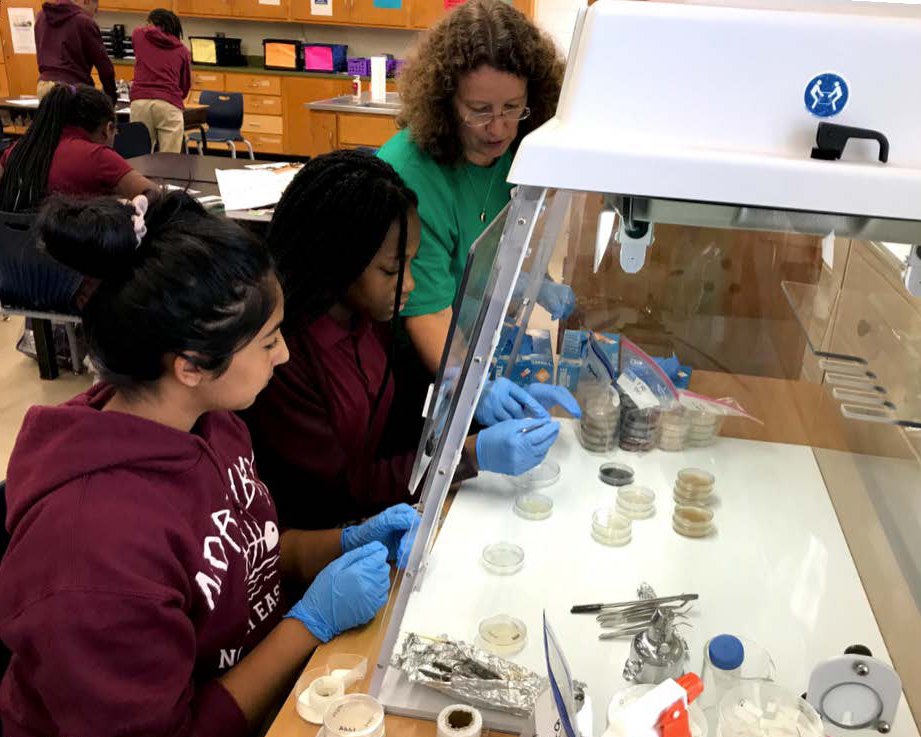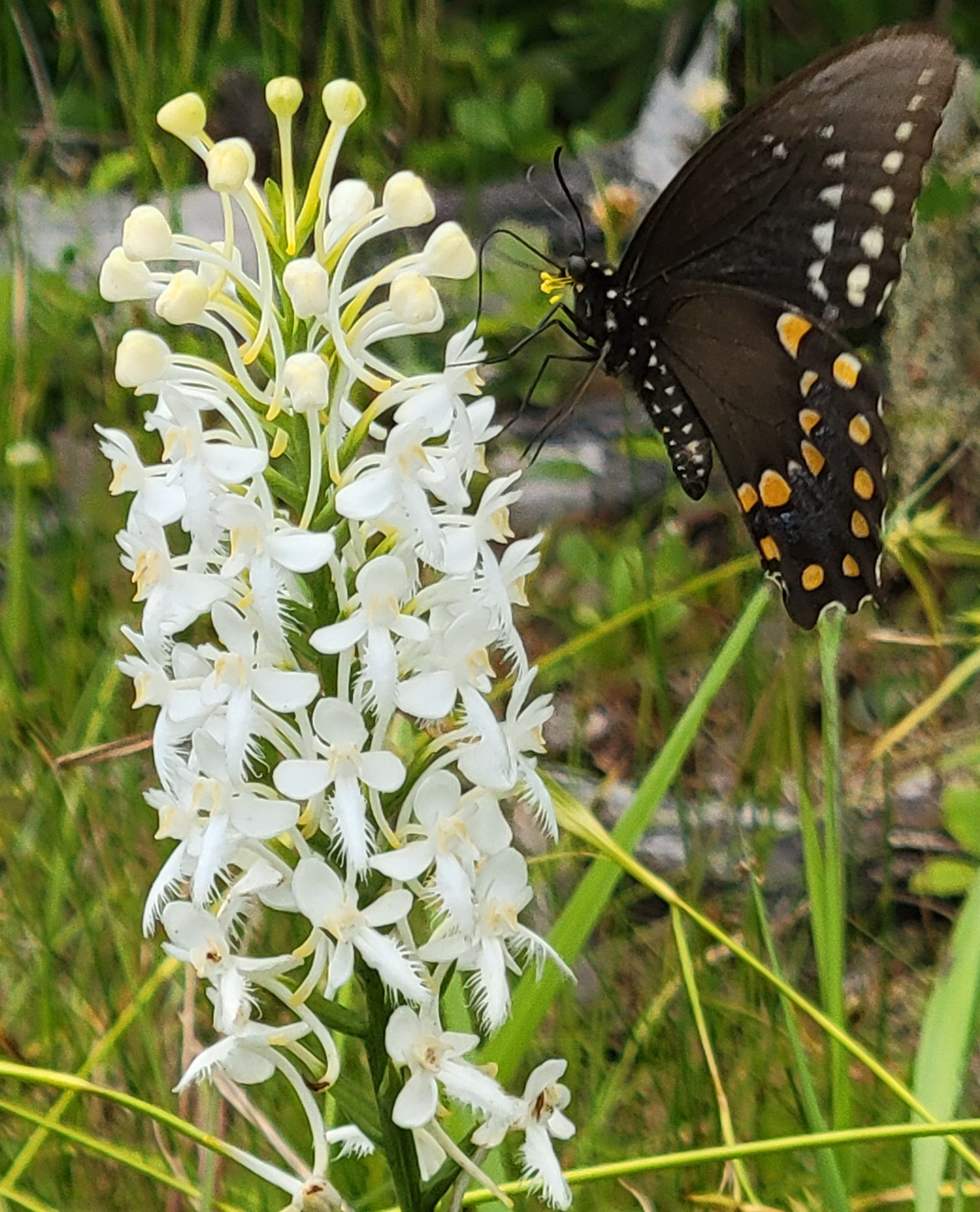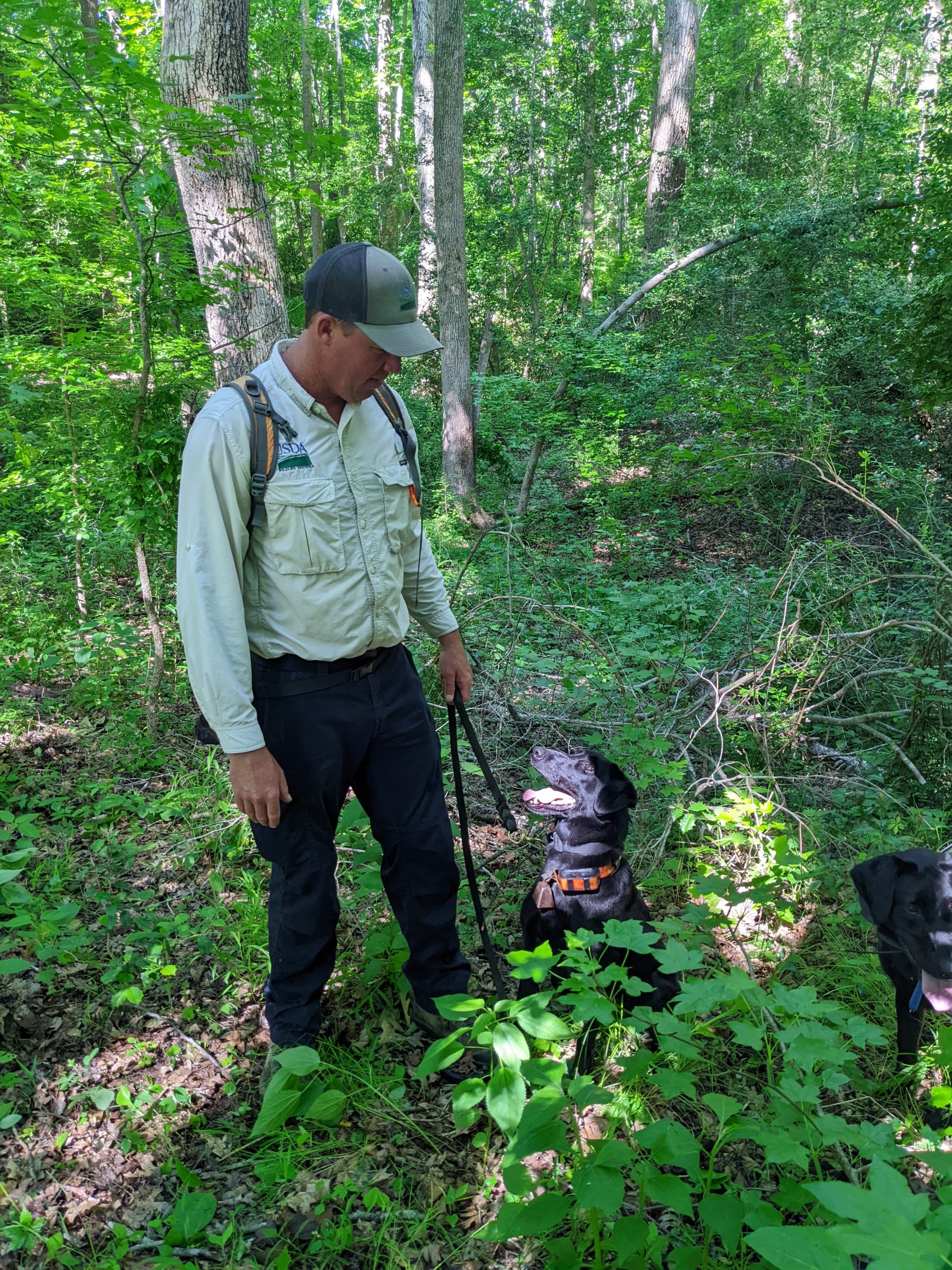Uniting to Save North American Orchids
At the North American Orchid Conservation Center (NAOCC), plants in the Orchidaceae family take center stage. This is one of the largest taxonomic families of plants in the world, comprising more than 28,000 species. While most orchid diversity is in the tropics, the U.S. and Canada are home to over 200 native species—over half of which are considered threatened or endangered in some part of their range. Orchid conservation is therefore a top priority, but it is also a challenge, because orchid ecology is a puzzle. We still have much to learn about orchids’ specific lifecycle needs and their roles in ecosystems before we can assemble the puzzle pieces to achieve sustainable conservation success.
To address this tremendous need for conservation on a national scale, Dennis Whigham, Senior Botanist at the Smithsonian Environmental Research Center (SERC), had a vision to connect collaborators across the United States and Canada in a concerted effort to protect and research native orchids. Along with Dennis and Melissa McCormick at SERC, NAOCC’s founding partners included the Smithsonian’s National Zoological Park, the National Museum of Natural History, Smithsonian Gardens, and the U.S. Botanic Garden. The cornerstone of NAOCC’s conservation model is recognizing the power of collaboration. Its network has grown to more than 60 collaborators, all working together on restoration, research, education, and outreach.

Orchids have a unique relationship with mycorrhizal fungi. Researchers collaborating with NAOCC / SERC aim to unravel the essential roles these fungi play in orchid ecology. Tiny and dust-like orchid seeds contain little nutrition to support embryo growth from germination through the protocorm stage, so seedlings must develop relationships with fungi to sustain growth. NAOCC and its collaborators have found that orchid germination success depends not just on the mere presence of mycorrhizal fungi, but also on what type and quantity of fungi are present! The presence of appropriate fungi in a potential habitat is now understood to be a critical component of successfully establishing sustainable populations. Learning more about the pivotal role of fungi in orchid germination, early growth, and other phases of orchid lifecycles will help contribute to best practice protocols for orchid conservation. NAOCC is therefore paving the way to orchestrate a collective, nation-wide effort to develop propagation protocols for native North American species and establish national and regional centers —much like CPC’s National Collection of Rare and Endangered Plants—to collect orchid seeds and, crucially, the mycorrhizal fungi that the orchids need.
NAOCC is also involved in collaborative projects across the continent focused on in situ conservation of native orchids. Their work with scent detection dogs at the Desert Botanical Garden, where canines were trained to find elusive rare orchids in wild populations in the Southwest, was featured in our August newsletter. A similar project in New Jersey and Virginia has successfully used scent detection dogs to find endangered Isotria medeoloides, often called “the rarest orchid east of the Mississippi.” In 2024, NAOCC will initiate a controlled study to evaluate the efficiency of orchid scent detection dogs at an army base in Virginia, where areas designated for logging will be surveyed for orchids by humans first and then by scent dogs. This study will provide an opportunity to determine if canines are as efficient as humans at detecting Isotria.
In addition to conservation, community outreach and education are pillars of NAOCC’s mission. Citizen science—engaging the public in scientific research—is a key aspect of many NAOCC projects. Understanding native orchid pollination is both an essential piece of the puzzle to ensure effective conservation on an ecosystem scale and a stellar opportunity for citizen science. Almost 50% of North American orchid species have unknown pollinators. Even when pollinators are known, data is typically scarce and only from a few populations. NAOCC / SERC researchers are investigating orchid pollination in several states across the U.S., including Michigan, Illinois, Pennsylvania, Texas, and most of the Atlantic coast, and plan to expand the project nationwide. In one collaboration with graduate students in Virginia and Texas, small motion-capture cameras are set up in orchid populations to record pollinator interactions. This project relies heavily on volunteers to monitor the cameras and populations, offering valuable hands-on experience studying native orchids and contributing to their conservation.
Many people are unaware that North America has native orchids—despite their presence in all U.S. states and Canadian provinces! NAOCC aims to make native orchids and their conservation more accessible and prominent to the general public. In addition to incorporating citizen scientists in research projects, NAOCC conducts outreach in the form of tools like Go Orchids, an easy-to-use interactive online key for identifying native orchids, with a companion print edition field guide in the works. Another innovative outreach tool developed by NAOCC combines art and science to inspire and inform all ages about orchid conservation in the form of origami – or in this case, “orchid-gami.”
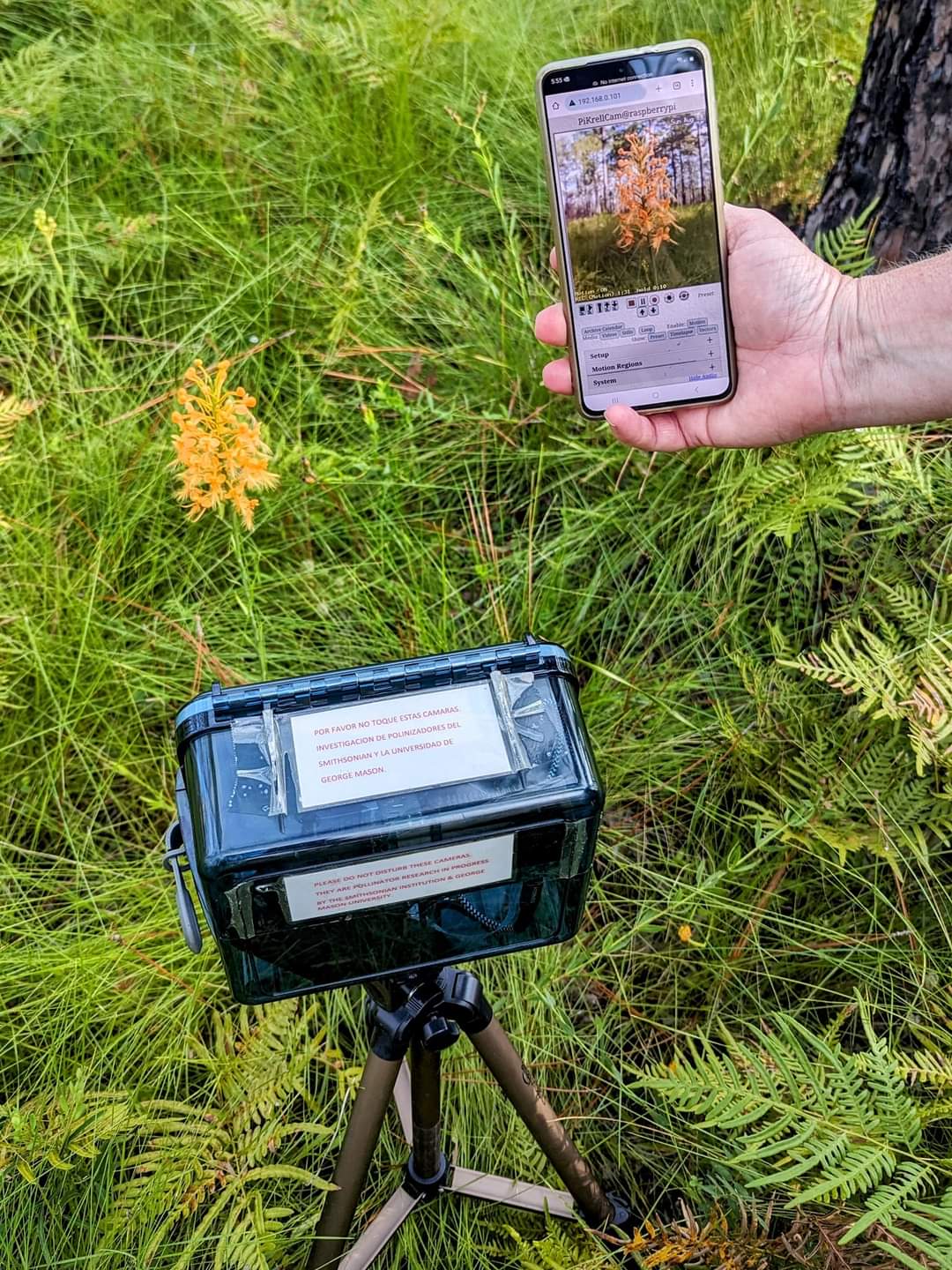
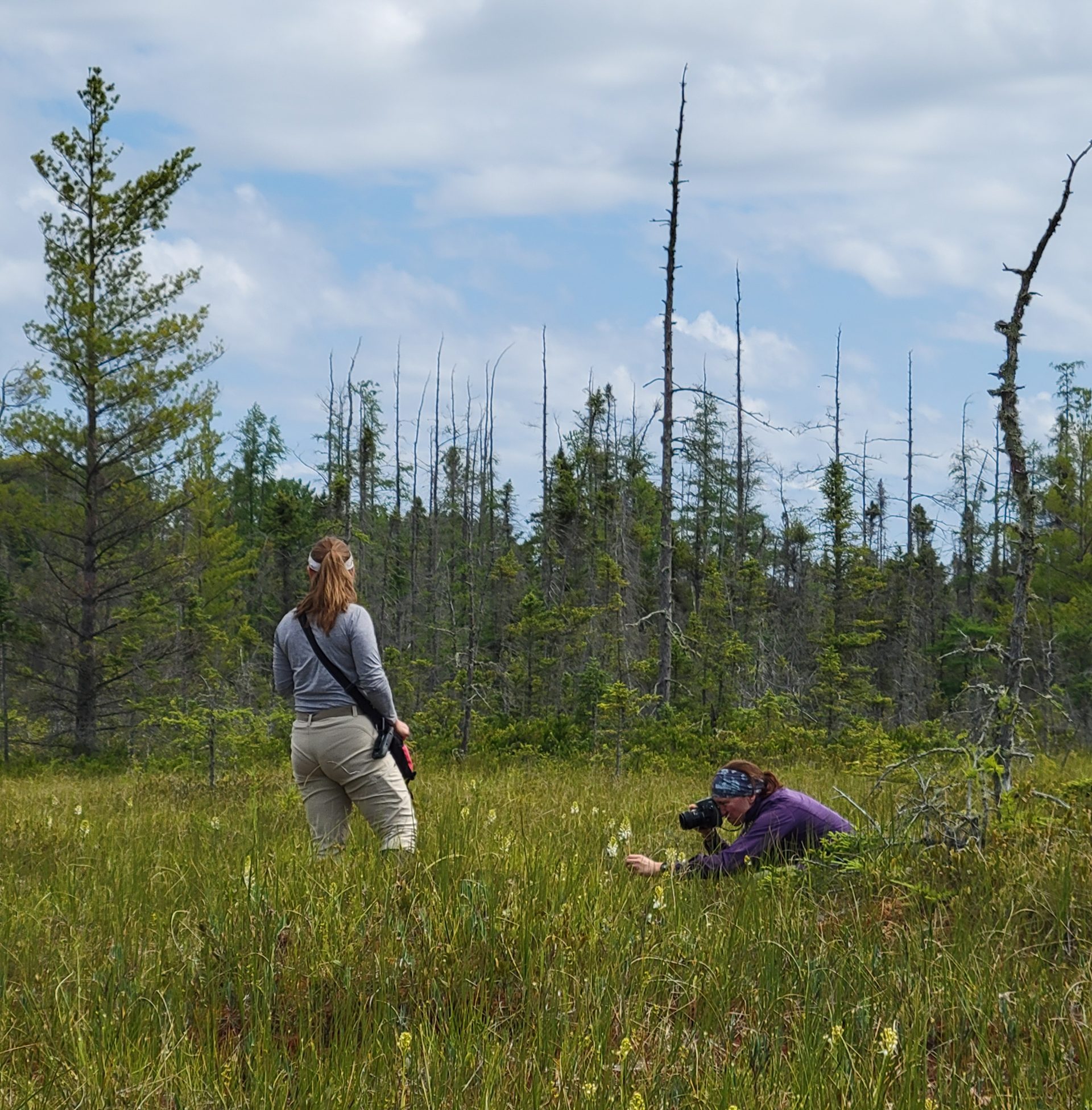
And a particularly exemplary outreach program is Orchids in the Classroom, developed with Fairchild Tropical Botanic Garden, which trains middle school teachers to help students learn how to grow orchids and conduct experiments with them. This program has received an overwhelmingly positive response from educators, students, and outside groups. Orchids in the Classroom will expand to 15 schools in the D.C. metropolitan area in 2024 and go national in 2025, including Alaska, Minnesota, and Delaware. NAOCC hopes to continue its expansion of this exciting program, inspiring students nationwide to learn about orchid conservation.
Collaboration empowers any conservation effort—a sentiment embodied by NAOCC in its approach to saving our native orchids. While NAOCC focuses its work on North American species, its model has made waves in orchid conservation on a global level. NAOCC’s expertise has led to a partnership with the U.S. Forest Service’s Institute of Pacific Islands Forestry to better understand and protect native orchids in Palau, with a key emphasis on involving Palauan community members in the project. The NAOCC model has also received recognition in Europe through the European Orchid Conservation Center and the Interactive Conservation platform for Orchids Native to Greece/Turkey.
Before NAOCC’s formation, no national organization or collective effort was explicitly aimed at orchid conservation on a continental scale. Ten years after its formation, NAOCC continues to expand and pave the way for a cohesive approach to conserving native orchids. NAOCC and its growing network of collaborators share a common mission: to ensure the survival of native orchids in the U.S. and Canada. Through diverse approaches, including research, online tools, public outreach, and collective knowledge, they are making impressive strides toward achieving this goal.
